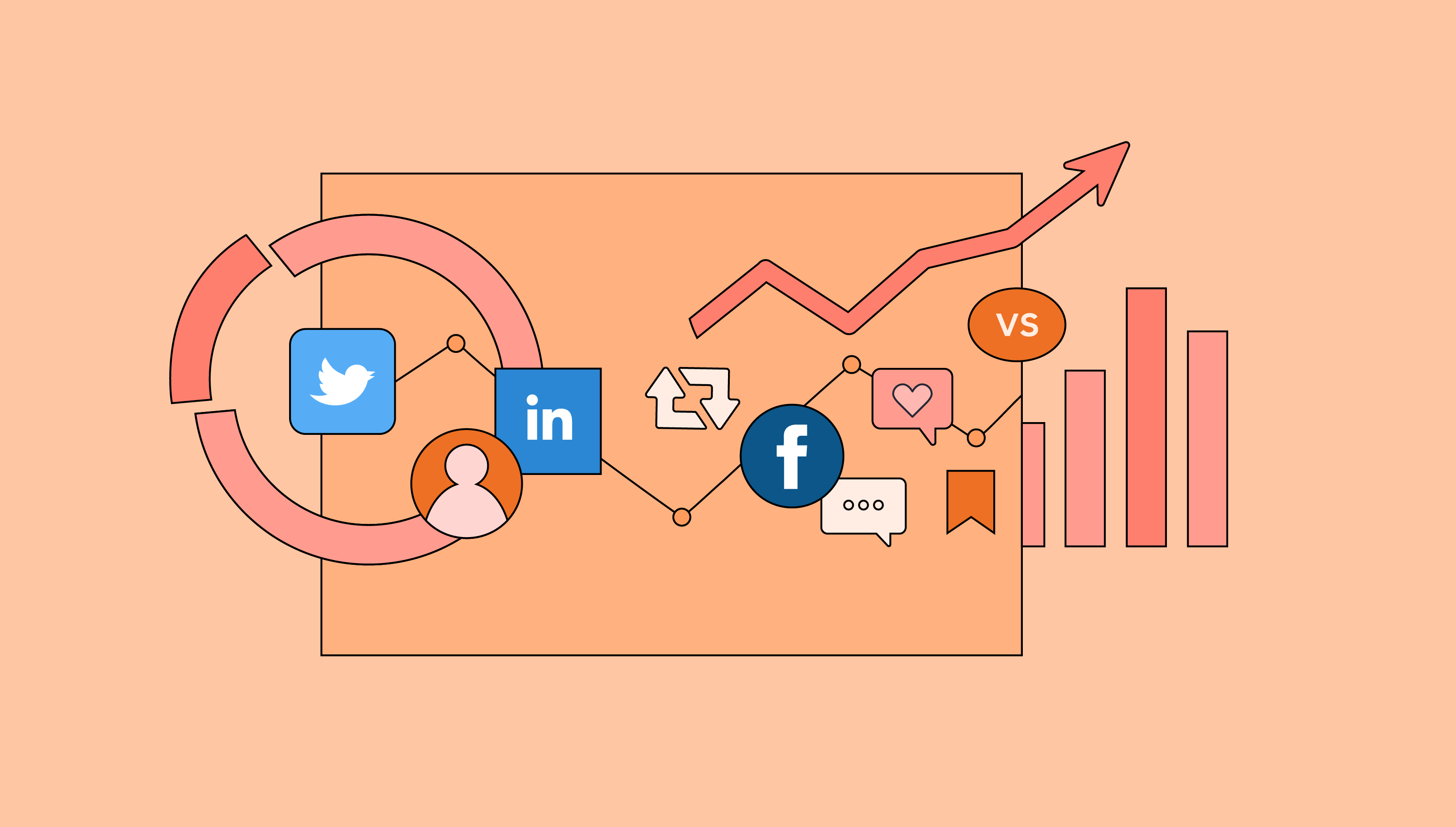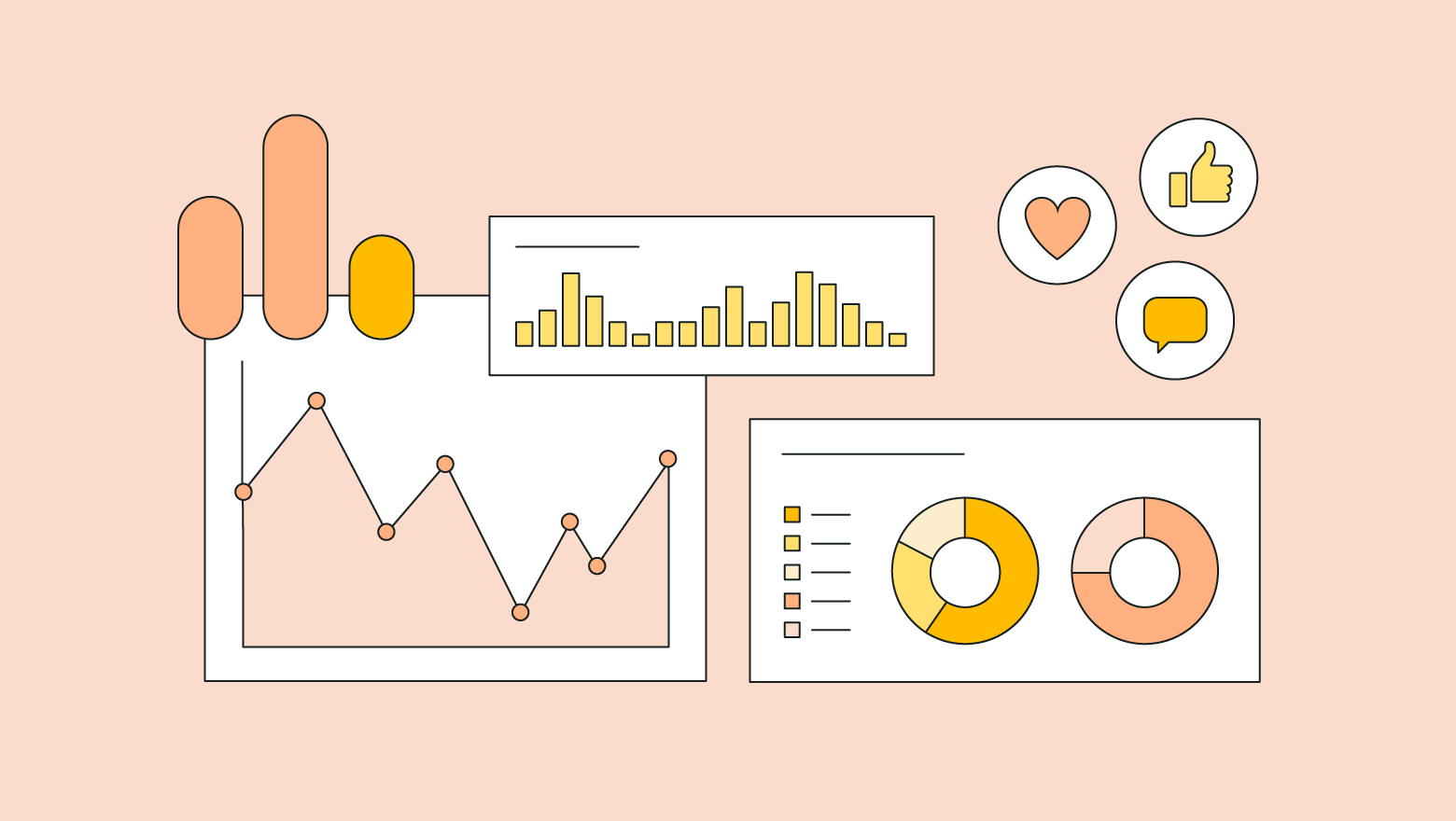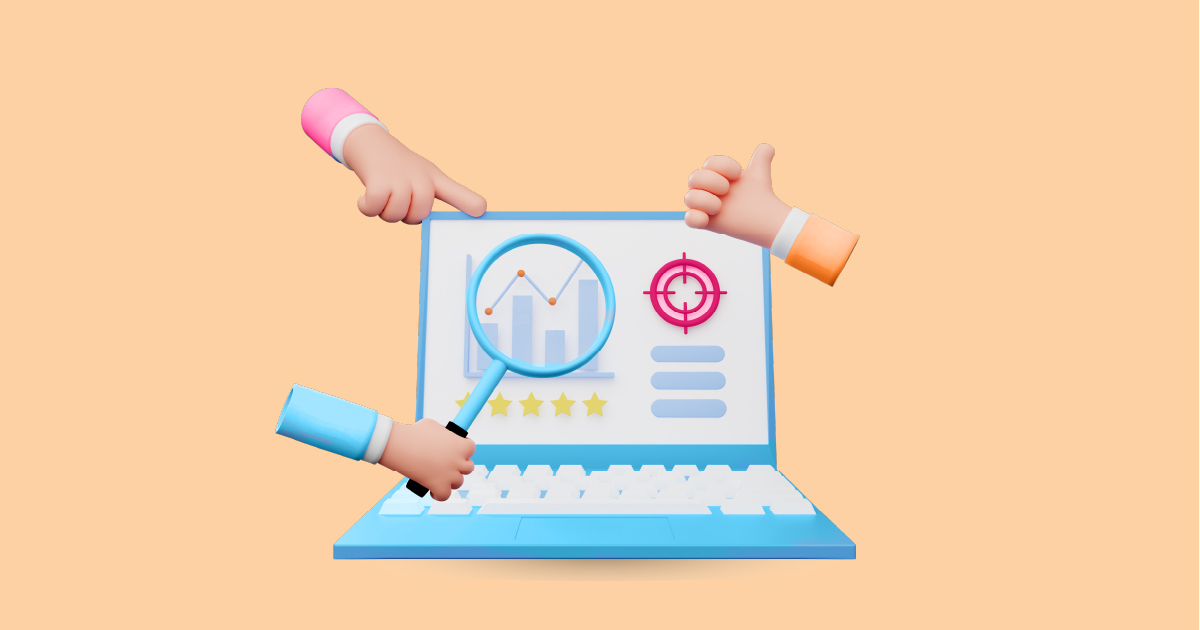In today’s digital age, social media has become a powerful tool for individuals and businesses alike to connect, communicate, and engage with others. However, with the vast amount of information circulating on various social platforms, it can be challenging to keep track of what’s being said about your brand or industry. This is where monitoring social media comes into play.
A. Definition of Social Media Monitoring
Social media monitoring, also known as social listening, refers to the process of actively tracking conversations, mentions, and discussions happening across various social media platforms. It involves monitoring keywords, hashtags, and brand mentions to gain insights into audience sentiment, brand perception, and industry trends.
B. Importance of Monitoring Social Media
Monitoring social media is essential for businesses to understand their audience, manage their online reputation, and stay ahead of their competitors. It provides valuable insights into customer preferences, feedback, and emerging trends, allowing companies to make informed decisions and tailor their marketing strategies accordingly.
Benefits
A. Understanding Audience Sentiment
One of the key benefits of social media monitoring is gaining a deeper understanding of audience sentiment towards your brand, products, or services. By analyzing conversations and mentions, businesses can identify positive feedback, address customer concerns, and leverage opportunities to enhance brand loyalty.
B. Enhancing Customer Service
Social media monitoring enables businesses to provide real-time customer support and address issues promptly. By monitoring mentions and direct messages, companies can respond to customer inquiries, resolve complaints, and provide personalized assistance, thereby improving overall customer satisfaction.
C. Competitive Analysis
Monitoring social media allows businesses to keep tabs on their competitors and industry trends. By analyzing competitor activities, content strategies, and customer interactions, companies can identify areas for improvement, capitalize on market gaps, and stay ahead of the competition.
D. Crisis Management
In the event of a crisis or negative publicity, social media monitoring plays a crucial role in managing reputation and mitigating damage. By monitoring conversations and addressing issues proactively, businesses can prevent crises from escalating, reassure stakeholders, and maintain brand integrity.
Social Media Monitoring Tools
A. Mention
Mention is a comprehensive media monitoring tool that enables businesses to track brand mentions, monitor industry trends, and analyze competitor activities. It offers real-time alerts, sentiment analysis, and customizable reporting features to help businesses stay informed and engaged.
B. Hootsuite
Hootsuite is a popular social media management platform that includes monitoring capabilities. It allows users to monitor keywords, hashtags and mentions across multiple social platforms, schedule posts, and engage with followers from a single dashboard, making it an efficient tool for managing social media presence.
C. AIM Insights
AIM Insights is a powerful social listening tool that provides in-depth insights into consumer conversations and trends. It offers advanced analytics, sentiment analysis, and competitive benchmarking features, allowing businesses to uncover actionable insights and make data-driven decisions.
D. Sprout Social
Sprout Social is a comprehensive social media management and monitoring platform designed for businesses of all sizes. It offers robust monitoring and listening capabilities, intuitive reporting tools, and seamless integration with other marketing channels, making it a valuable asset for optimizing social media performance.
Steps to Effective Social Media Monitoring
A. Define Objectives
Before embarking on media monitoring, it’s essential to define clear objectives and goals. Whether it’s improving brand awareness, enhancing customer engagement, or monitoring competitor activities, having a clear purpose will guide your monitoring efforts and ensure meaningful insights.
B. Choose Relevant Platforms
Not all social media platforms are created equal, and neither are your target audience’s preferences. Identify the platforms where your audience is most active and focus your monitoring efforts accordingly. Whether it’s Facebook, Twitter, Instagram, or LinkedIn, prioritize platforms where conversations relevant to your brand are taking place.
C. Set Up Monitoring Tools
Once you’ve defined your objectives and chosen relevant platforms, it’s time to select the right monitoring tools for your needs. Whether you opt for free tools like Google Alerts or invest in paid solutions like Mention or AIM Insights, ensure that the tools you choose align with your objectives and provide the necessary features and insights.
D. Analyze Data and Take Action
Monitoring social media is only the first step; the real value lies in analyzing the data and taking actionable insights. Whether it’s identifying emerging trends, addressing customer feedback, or refining your content strategy, use the insights gained from social media monitoring to inform your decision-making and drive meaningful outcomes.
Best Practices
A. Consistency is Key
Consistency is crucial when it comes to media monitoring. Make monitoring a regular part of your routine, set up alerts for relevant keywords and mentions, and stay proactive in engaging with your audience. Consistent monitoring ensures that you stay informed and responsive to changes and opportunities in real-time.
B. Respond Promptly
In the fast-paced world of social media, timely responses can make all the difference. Whether it’s addressing customer inquiries, resolving complaints, or acknowledging positive feedback, aim to respond promptly and professionally. Timely responses not only demonstrate your commitment to customer service but also help build trust and loyalty among your audience.
C. Engage with Followers
Social media is inherently social, so don’t just monitor conversations; actively participate in them. Engage with your followers, join relevant discussions, and contribute value-added content to the conversation. By actively engaging with your audience, you can foster meaningful relationships, strengthen brand affinity, and drive engagement.
D. Monitor Competitors
Keep a close eye on your competitors and industry trends to stay informed and competitive. Monitor competitor activities, analyze their content strategies, and identify opportunities for differentiation and improvement. By understanding what works (and what doesn’t) for your competitors, you can refine your strategies and stay ahead of the curve.
Challenges
A. Information Overload
With the sheer volume of data generated on social media every day, it’s easy to feel overwhelmed by information overload. Sorting through countless mentions, comments, and conversations can be time-consuming and challenging, making it essential to prioritize and focus on the most relevant insights





